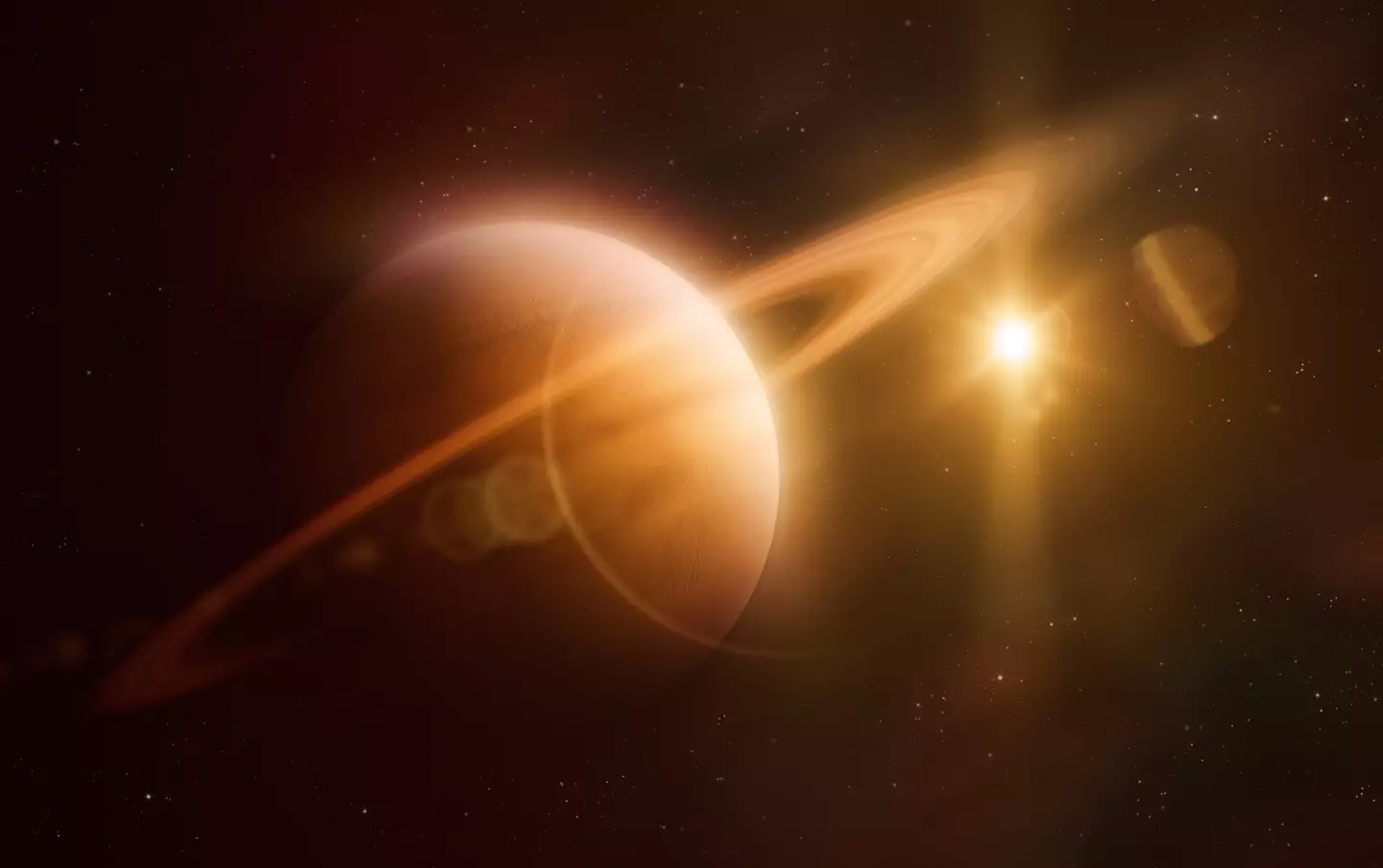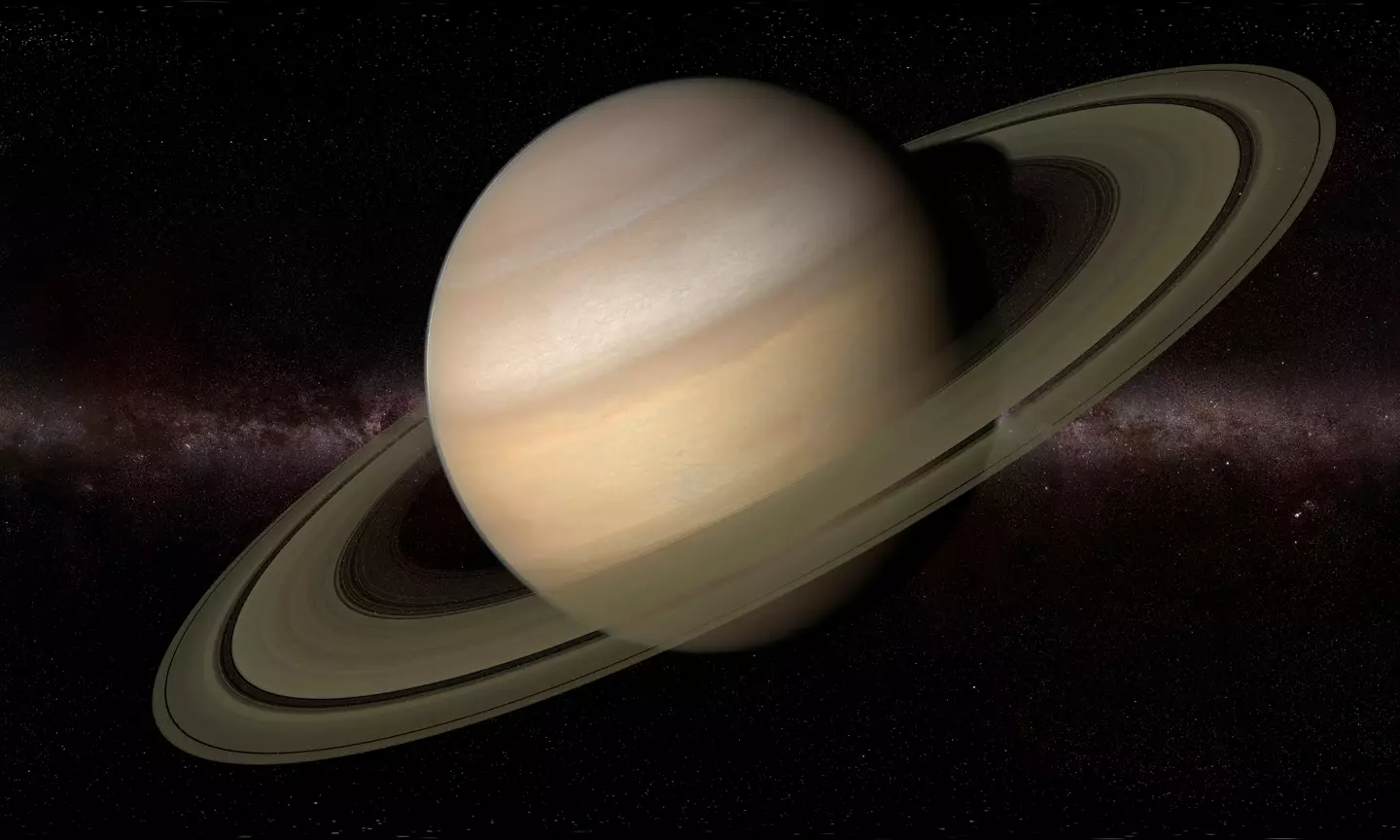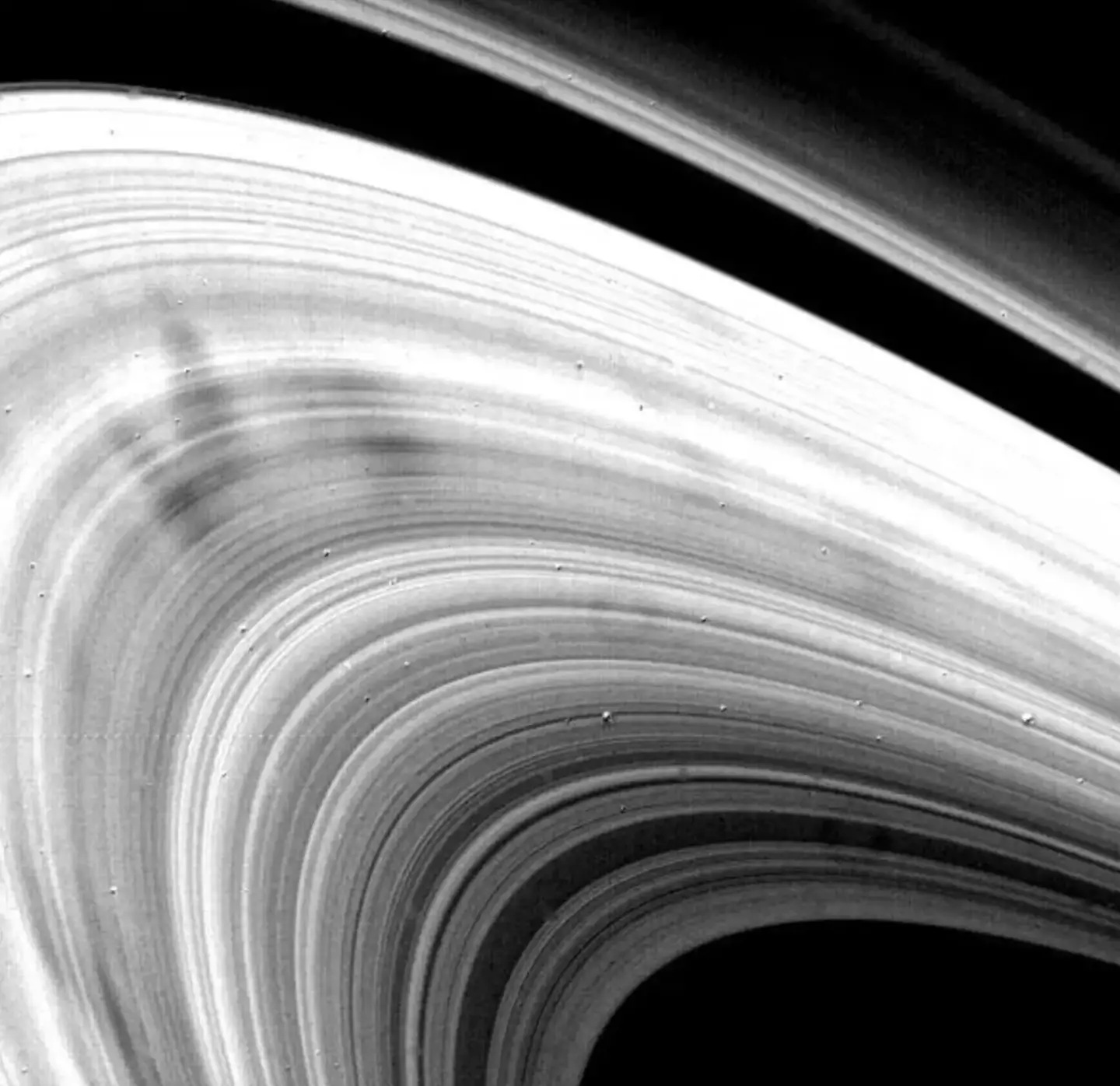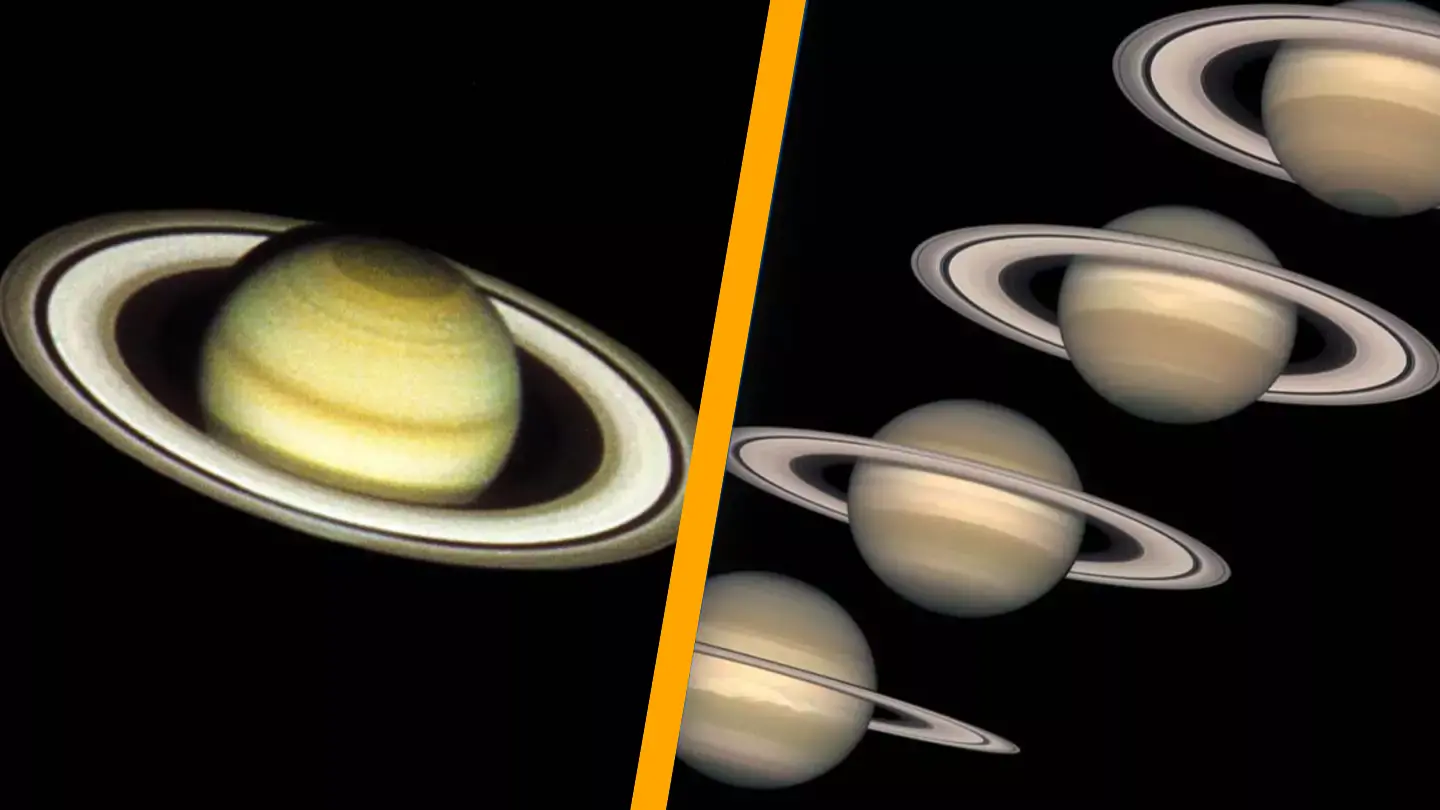Saturn’s rings are set to vanish in just a few months, and the reason behind this is quite unusual.
These iconic rings, familiar from countless images and school textbooks, consist of chunks of ice, rock, and dust.
The discovery of Saturn’s rings dates back to 1610 when the astronomer Galileo Galilei first observed them.
However, a phenomenon occurring every few decades will soon render these rings invisible to us.

NASA has provided insights into the fate of Saturn’s rings. Initially, scientists estimated that it would take around 300 million years for the rings to disintegrate completely, but recent discoveries have revised that timeline.
Data from NASA’s Cassini spacecraft in 2017 indicated that the rings might vanish permanently in about 100 million years.
Over time, the rings will dissolve due to the Sun’s UV radiation and collisions with meteoroids, which cause the ice particles to vaporize.
While this total disappearance is still in the distant future, the rings will soon be out of our sight from Earth.
Here’s why…
Though typically visible with a small telescope, by 2025, Saturn will tilt in such a way that its rings will no longer be visible from our vantage point.
IFL Science reports that the ‘angle of tilt’ will ‘drop to zero on March 23, 2025’.
The rings will reappear but will again vanish from view in November 2025.
This cyclic phenomenon happens approximately every 29.5 years, corresponding to Saturn’s orbit around the Sun.
Another peculiar aspect of Saturn’s rings is the recurring appearance of large smudges known as ‘spokes,’ first noted in the 1980s.

Last year, these spokes were observed in images captured by the Hubble Telescope.
Researchers are eager to deepen their understanding of these mysterious features.
NASA planetary scientist Amy Simon stated: “Thanks to Hubble’s OPAL program, which is building an archive of data on the outer solar system planets, we will have longer dedicated time to study Saturn’s spokes this season than ever before.”

The pattern made by these marks resembles bicycle spokes, which is how they got their name.

